An artist's conception of Pluto, for the Pluto Fast Flyby Mission.
Click on image for full size
Image courtesy of NASA/JPL. This image is in the public domain.
Pluto
Pluto is a frigid ball of ice and rock that orbits far from the Sun on the frozen fringes of our Solar System. Considered a planet, though a rather odd one, from its discovery in 1930 until 2006, it was officially stripped of its status as our Solar System's 9th planet by the International Astronomical Union in August 2006.
Pluto is now officially classified as a dwarf planet. It is one of the largest members of a class of icy spheres known as Kuiper Belt Objects. It has
known moons; one of which, Charon, is very large - almost as big as Pluto itself!
The surface of Pluto appears to be composed of a mixture of ice and rock, while its interior is probably similar to that of other icy moons in the solar system.
Surprisingly, Pluto does have an atmosphere which is continuously produced and lost while Pluto is within Neptune's orbit. No one knows yet if Pluto has a magnetosphere or not! Maybe we will find out when
NASA's New Horizon mission, which launched in 2006, makes it to Pluto in 2015!
In the Roman pantheon, Pluto was the god of the underworld, and the husband of the beautiful but ill-fated Persephone.
You might also be interested in:
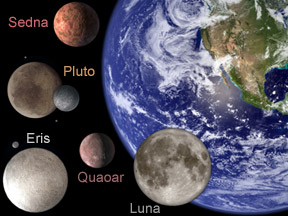
It may surprise you, but astronomers don't really have a good definition of a "planet". Because of this, Pluto is at the heart of a controversy about its status. Is Pluto a planet, or isn't it? Scientists
...more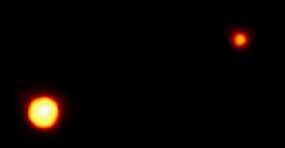
Pluto has been officially demoted from its status as a planet. The International Astronomical Union (IAU), at a meeting in August 2006, voted on their first "official" definition of a planet.
...more
Pluto has // Call the moon count function defined in the document head print_moon_count('pluto'); known moons. Charon, the largest by far, was discovered in 1978 by the American astronomer James Christy.
...more
Charon is by far the largest of Pluto's // Call the moon count function defined in the document head print_moon_count('pluto'); known moons. Charon was discovered by the American astronomer James Christy
...more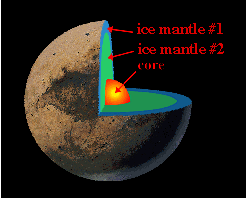
The diagram to the left shows a cutaway of the possible interior structure of Pluto. The composition of Pluto is mostly ice, therefore there is probably a small core of some rocky material buried inside,
...more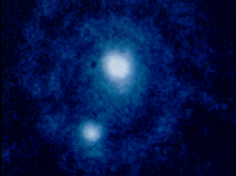
It may seem hard to believe that Pluto could have an atmosphere because it is so cold at 39 AU, where Pluto resides, but it does. Because there are times when Pluto is closer to the sun than is Neptune
...more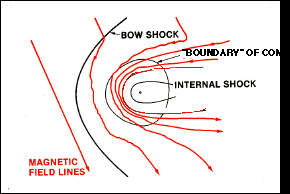
No one knows whether or not Pluto has a magnetosphere. Scientists were very surprised to find that Jupiter's icy moon Ganymede had a magnetosphere because it is hard to explain how an icy body can develop
...more













